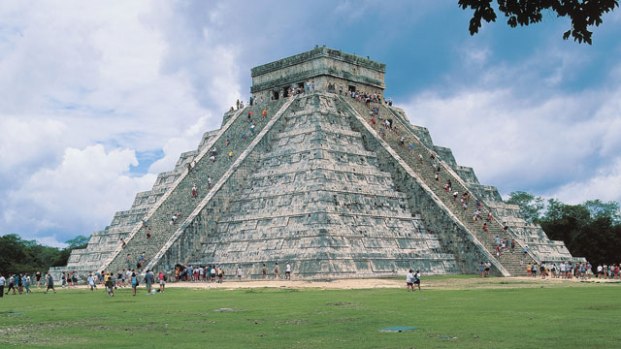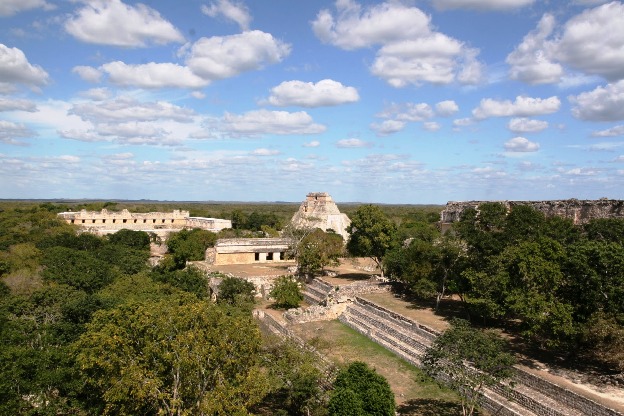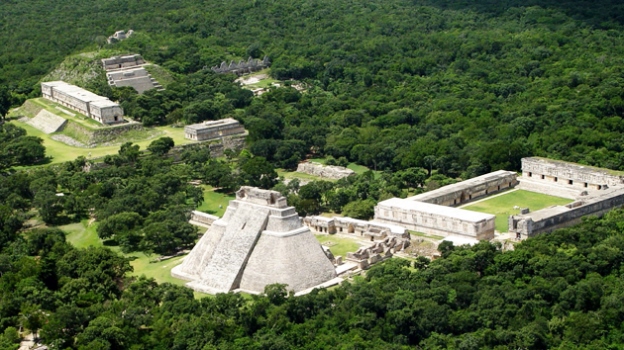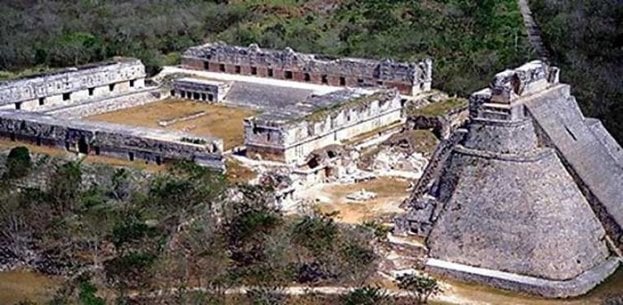Notable to Mexico and familiar to most people, by way of photographic images in travel magazines, are the amazing pyramids and their singular design features. Mexico’s Pyramid of the Magician is perhaps one of the most famous of these structures and one of the most massive pyramids in Mesoamerica, an amazing wonder due to the shear construction effort that it entailed. It is the largest building in the pre-Columbian city of Uxmal as well.

Likely built between 700 and 1000 AD, El Advino, the local name given to the pyramid, is central to this ancient city of the Mayans.. The complex of Uxmal was home to at least
25,000 citizens at its zenith. The center building is located on the eastern side of the city, so that its western-facing stairway is facing the setting sun. UNESCO designated the site as a World Heritage point, calling it the pinnacle of late Mayan architecture.
The Pyramid of the Magician is approximately 115 feet high, though this measurement is disputed; by many estimates it reaches over 130 feet in height. The base measures 227 feet long by 162 feet wide, and is unique from other structures of the time period due to its rounded sides, steep slope, and the fact that its base is elliptical in shape rather than rectangular or square. The name comes from a Maya folk legend which tells of a trickster god named Itzamna who supposedly built the entire structure overnight.
It took three centuries to actually complete the pyramid, which was done in multiple phases. The oldest structure at the base of the pyramid dates to approximately 500 AD, and decorated with the masks of the rain god, Chaac. Fascinatingly, the structure is actually multiple temples nestled within each other, with 5 excavated so far. The final one, at the very top, dates to the ninth century.

The Chenes design features are prevalent in the later parts of the structure while the Puuc design elements make up the older sections.
Some of the visible decorations on El Advino include multiple busts of Chaac, who was a god of the Chenes people. Incredibly, his jaws form the doorway, as a huge carving of him is at the entryway on the west side of Temple IV. The Puuc contributions include wood crests, inclined friezes (wide central sections), and the use of smooth limestone as construction material.
The Pyramid of the Magician was abandoned after 1000 AD, and was looted during the Spanish Conquest. Restoration efforts have been continuously carried out since the mid 19th century, and continue to this day, especially since UNESCO declared Uxmal to be a World Heritage Site in 1996.
Tourists are now forbidden from climbing the mighty El Advino, but its majesty can still be admired.



